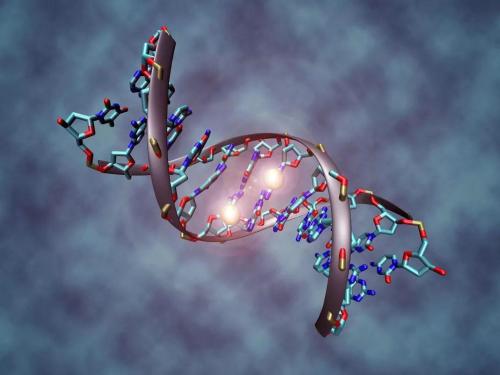Although a great deal is now known about structure-function relationships in DNA-binding domains from a wide variety of transcription activator proteins, much less is known about the activation domains (ADs) in these same transcription activator proteins. This disparity in knowledge reflects difficulties in studying activation domains. In contrast to DNA binding domains, which usually fold to form specific three-dimensional structures such as helix-turn-helix motifs or zinc fingers, activation domains tend to be random coils but may assume a defined structure when they interact with other components of the transcription machinery. Furthermore, activation domains do not appear to share common structural features such as conserved amino acid sequences. Activation domain function has been just as difficult to study as activation domain structure. Although activation domains work by binding to specific proteins in the transcription machinery, it is quite difficult to determine the physiological target. In fact, many activation domains appear to have several possible targets and it is quite possible that many of these targets are physiologically important.
DNA-bound transcriptional activator proteins may work by one or both of the following mechanisms:
1.Activation by recruitment model. The activation domain interacts with one or more components of the transcription machinery and stabilizes the binding of the component(s) to the template DNA.
2.Activation by conformational change model. Tne activation domain somehow induces a conformational change in one or more components of the transcription machinery that are bound to it and thereby stimulates RNA polymerase Il to initiate transcription.








